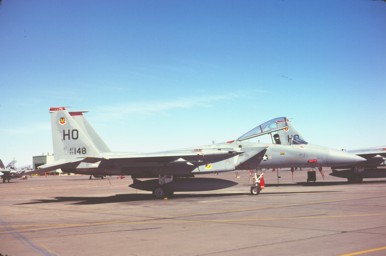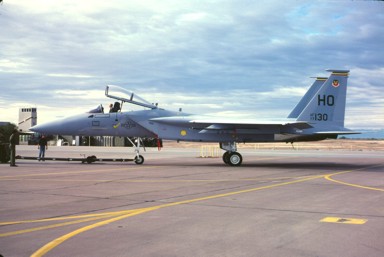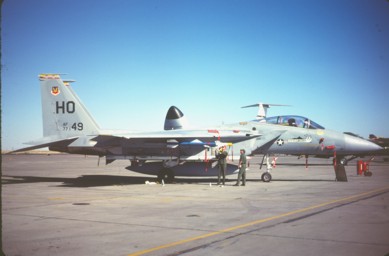This is an unofficial, private party site created due to my own personal interest in the subject. It does not carry any official endorsement of the United States Air Force, Holloman Air Force Base, the 49th Fighter Wing, or anyone else for that matter!
The 49th Fighter Wing can trace its
history back to November 20, 1940
when the 49th Pursuit Group (Interceptor) was
established. The 49th PG activated at
Selfridge Field, Michigan on January 15, 1941.
Initially equipped with hand-me-down P-35, the 49th
was later equipped with P-40s. In May of 1941 the
unit moved to Morrison Field, Florida and in
January, 1942 to Camp Darley, Australia. During May,
1942 the designation changed to the 49th Fighter Group.
For the remainder of World War Two the 49th
FG moved throughout the Pacific Theater of Operations as
the war drew closer to Japan. August 16, 1945 found
the unit on Okinawa and after VJ Day the 49th moved to
Atsugi Air Base, Japan. For the next five years the
49th remained in Japan while moving to three different air
bases. During this time the unit acquired the
understandable nickname of the "Forty Niners".
While WW II still flared in the PTO the 49th had flown P-40s, P-38s and P-47s. While in Japan that changed to P-51s and a few P-61s.
After the creation of the United States Air Force in 1947 most Groups were reorganized as Wings and on August 10, 1948 the 49th Fighter Group became the 49th Fighter Wing. On February 1, 1950 this was changed to the 49th Fighter Bomber Wing. With the outbreak of the war in Korea the 49th moved from Japan to Taegu AB, Korea October 1, 1950. April 1, 1953 found the unit moving to Kunsan AB, but on November 2, 1953 the unit went "home" to Japan.
When first arriving in the Korean Theater the unit transitioned to F-80s. The actual aircraft flown in Korea is open to dispute. While some reference state that the 49th equipped with F-80s in 1948, others indicate that the Forty Niners entered conflict still equipped (or partially equipped) with F-51s. Ehile in Korea the Shooting Stars were swapped out with F-84s and that is what the 49th went back to Japan with.
The 49th FBW would remain in Japan for another four years until moving to Etain/Rouvres AB, France on December 10, 1957. In reality it was a move on paper as the 388th Fighter Bomber Wing at Etain was simply renumbered as the 49th Fighter Bomber Wing. On July 8, 1958 the designation was changed to the 49th Tactical Fighter Wing which would not change again until 1991. The 49th did move to Spangdahlem Germany on August 25, 1959 though.
When the 49th "moved" to Etain/Rouvres the unit inherited the 388th FBW's F-100D Super Sabres. In 1962 the Huns were replaced with F-105D Thunderchiefs. In 1966 the 49th started conversion to the F-4D Phantom II.
On June 30, 1968 the 49th TFW entered the history of Holloman AFB. The exact dates given in official histories are an administrative date only. In reality the movement of a Wing requires some weeks, or even months to complete. Even after a location to a permanent base there will always be deployments and TDY to far off locations. A good example of the former was the wing's deployment to Takhli Royal Thai Air Force Base, Thailand from May to October, 1972. The wings was considered to be "dual based" in Germany as part of our NATO commitment and was expected to return to Europe during a time of crisis. Throughout the 70s' and 80s' the 49th took part in the annual Crested Cap deployments.
In 1977 the 49th TFW started transitioning to the F-15 Eagle, which remained the mission aircraft until 1992 when the F-117 Nighthawk replaced the Eagle. The name changed once more on October 1 ,1991, becoming the 49th Fighter Wing. This coincided with a major restructuring of the USAF, with both the Tactical Air Command and Strategic Air Command being combined into the new Air Combat Command. The F-117 was retired in April 2008 and replaced with the F-22 Raptor. On 25 June, 2010 the name was again changed to simply the 49th Wing.
The 49th has a distinguished past ,credited with 667 aerial victories during WW II the unit fought from Australia during the early phases of the war in the Pacific. As the war progressed through the SWPA the 49th was there to carry the fight to the Japanese. Maj. Richard I. Bong scored twenty one of his forty victories with the 49th. The colorful George Laven flew a tour with the 49th FG. During the Korean War the 49th FBW flew a great many missions, with most being interdiction, or close support. In short "mud moving" missions that bring the air war right to the front lines. While under the command of the United States Air Forces in Europe (USAFE), the 49th provided a deterrent against any Soviet incursion into Europe. At this time the wing also had a limited tactical nuclear capability. The 49th was called back to combat again during the war in South East Asia and again during Operation Enduring Freedom. It is safe to assume that the 49th Fighter Wing will provide for the defense of this nation for many years to come and (hopefully) will enjoy the wing's home in New Mexico for the foreseeable future. In August 2010 the Secretary of the Air Force announced that the 49th's Raptors would be leaving Holloman to be replaced by F-16s. No timeline for that has been determined as of this writing and as of 4March, 2013 approximately twenty F-22s remain at Holloman. Hopefully, someday the Forty Niners will eventually be equipped with F-35s.
While WW II still flared in the PTO the 49th had flown P-40s, P-38s and P-47s. While in Japan that changed to P-51s and a few P-61s.
After the creation of the United States Air Force in 1947 most Groups were reorganized as Wings and on August 10, 1948 the 49th Fighter Group became the 49th Fighter Wing. On February 1, 1950 this was changed to the 49th Fighter Bomber Wing. With the outbreak of the war in Korea the 49th moved from Japan to Taegu AB, Korea October 1, 1950. April 1, 1953 found the unit moving to Kunsan AB, but on November 2, 1953 the unit went "home" to Japan.
When first arriving in the Korean Theater the unit transitioned to F-80s. The actual aircraft flown in Korea is open to dispute. While some reference state that the 49th equipped with F-80s in 1948, others indicate that the Forty Niners entered conflict still equipped (or partially equipped) with F-51s. Ehile in Korea the Shooting Stars were swapped out with F-84s and that is what the 49th went back to Japan with.
The 49th FBW would remain in Japan for another four years until moving to Etain/Rouvres AB, France on December 10, 1957. In reality it was a move on paper as the 388th Fighter Bomber Wing at Etain was simply renumbered as the 49th Fighter Bomber Wing. On July 8, 1958 the designation was changed to the 49th Tactical Fighter Wing which would not change again until 1991. The 49th did move to Spangdahlem Germany on August 25, 1959 though.
When the 49th "moved" to Etain/Rouvres the unit inherited the 388th FBW's F-100D Super Sabres. In 1962 the Huns were replaced with F-105D Thunderchiefs. In 1966 the 49th started conversion to the F-4D Phantom II.
On June 30, 1968 the 49th TFW entered the history of Holloman AFB. The exact dates given in official histories are an administrative date only. In reality the movement of a Wing requires some weeks, or even months to complete. Even after a location to a permanent base there will always be deployments and TDY to far off locations. A good example of the former was the wing's deployment to Takhli Royal Thai Air Force Base, Thailand from May to October, 1972. The wings was considered to be "dual based" in Germany as part of our NATO commitment and was expected to return to Europe during a time of crisis. Throughout the 70s' and 80s' the 49th took part in the annual Crested Cap deployments.
In 1977 the 49th TFW started transitioning to the F-15 Eagle, which remained the mission aircraft until 1992 when the F-117 Nighthawk replaced the Eagle. The name changed once more on October 1 ,1991, becoming the 49th Fighter Wing. This coincided with a major restructuring of the USAF, with both the Tactical Air Command and Strategic Air Command being combined into the new Air Combat Command. The F-117 was retired in April 2008 and replaced with the F-22 Raptor. On 25 June, 2010 the name was again changed to simply the 49th Wing.
The 49th has a distinguished past ,credited with 667 aerial victories during WW II the unit fought from Australia during the early phases of the war in the Pacific. As the war progressed through the SWPA the 49th was there to carry the fight to the Japanese. Maj. Richard I. Bong scored twenty one of his forty victories with the 49th. The colorful George Laven flew a tour with the 49th FG. During the Korean War the 49th FBW flew a great many missions, with most being interdiction, or close support. In short "mud moving" missions that bring the air war right to the front lines. While under the command of the United States Air Forces in Europe (USAFE), the 49th provided a deterrent against any Soviet incursion into Europe. At this time the wing also had a limited tactical nuclear capability. The 49th was called back to combat again during the war in South East Asia and again during Operation Enduring Freedom. It is safe to assume that the 49th Fighter Wing will provide for the defense of this nation for many years to come and (hopefully) will enjoy the wing's home in New Mexico for the foreseeable future. In August 2010 the Secretary of the Air Force announced that the 49th's Raptors would be leaving Holloman to be replaced by F-16s. No timeline for that has been determined as of this writing and as of 4March, 2013 approximately twenty F-22s remain at Holloman. Hopefully, someday the Forty Niners will eventually be equipped with F-35s.
Units within the 49th TFW/49th Wing
49th TFG
49th OG
7th TFS/7th FS
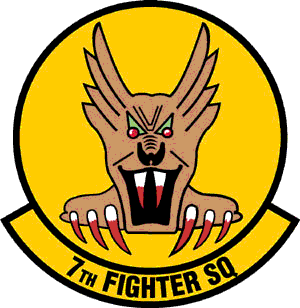
8th TFS/8th FS
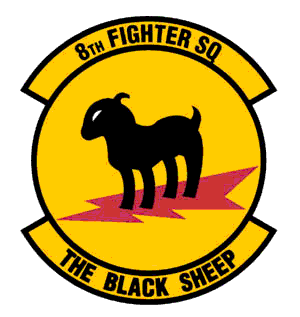
9th TFS/9th FS
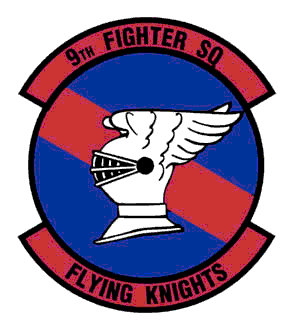
417th TFS
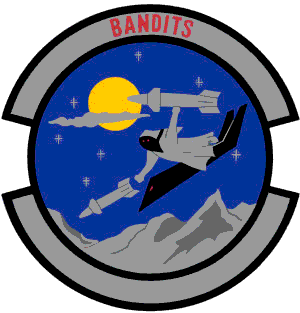
F-4D Phantom II
49th TFG
49th OG
7th TFS/7th FS

8th TFS/8th FS

9th TFS/9th FS

417th TFS

F-4D Phantom II
1966
- 1977

 |
 |
These two photos were taken at the May, 1978 Holloman open house and show one of the last F-4Ds (66-7701) left. At this time the F-15 conversion was in full swing and the Phantom would be gone from the 49th TFW by the end of the summer. Though the photos are of poor quality they do show the final markings for the F-4D. The wing emblem is carried ion both sides of the fuselage without a squadron patch. In the second photo the tail of an F-84F (51-5396), this is a display aircraft that was towed out to the flight line for every open house. It is most likely left over from when the 366th TFW was based at Holloman. The 49th was never equipped with the swept wing F-84, however this aircraft is now displayed in Holloman's air park in the markings of the 49th.
 |
 |
 |
 |
 |
 |
 |
 |
 |
 |
These photos were taken by John Paul Jones at an open house in May, 1972. In June 1972 the 49th TFW adopted the tail code HO. Prior to that standardization codes were allocated to the individual squadrons within the wing, the 49th had used HB for the 7th TFS, HC for the 8th TFS, HD for the 9th TFS and HE for the 417th TFS.
The above photos illustrate the following F-4Ds and squadrons: 65-0884, 8th TFS. 65-0773, 9th TFS. 66-7753, 7th TFS.
The following photos were
contributed by Master Sgt. Dale Jensen USAF
(Ret) and date from Dale's service with the 49th TFW.
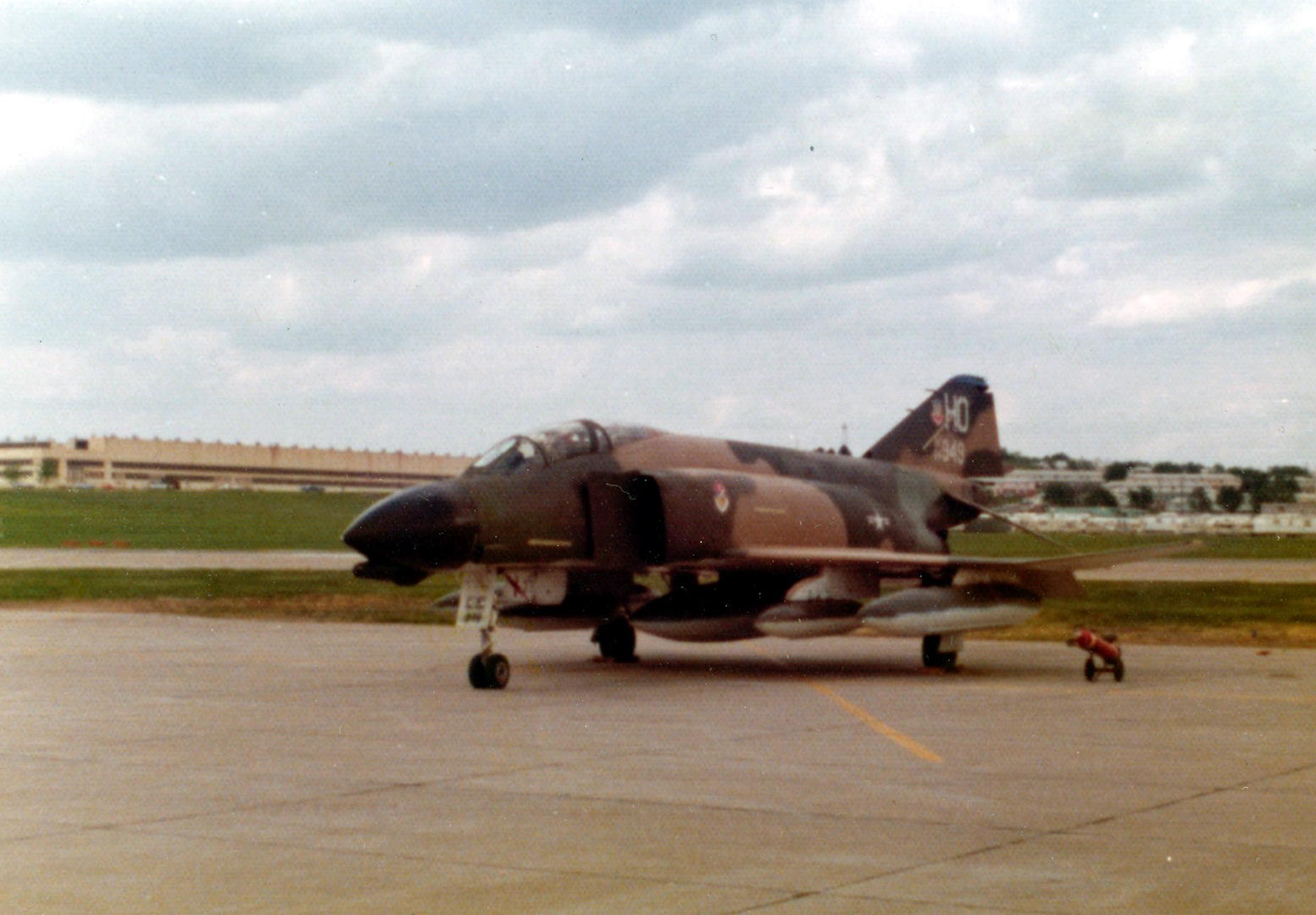 |
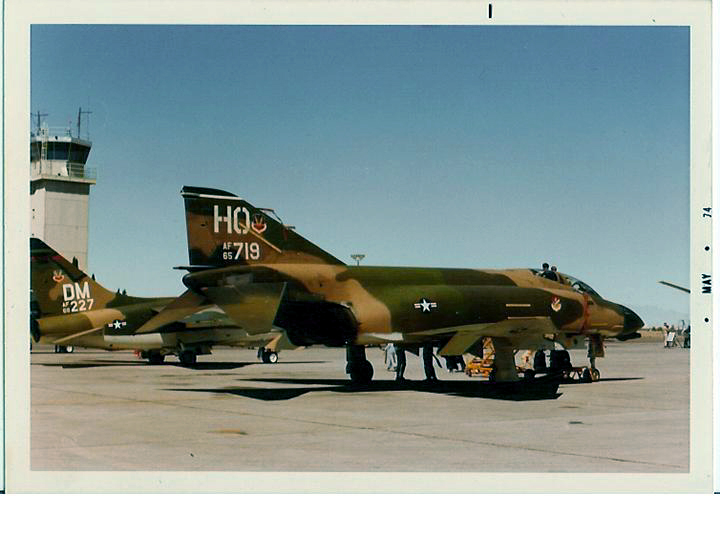 |
 |
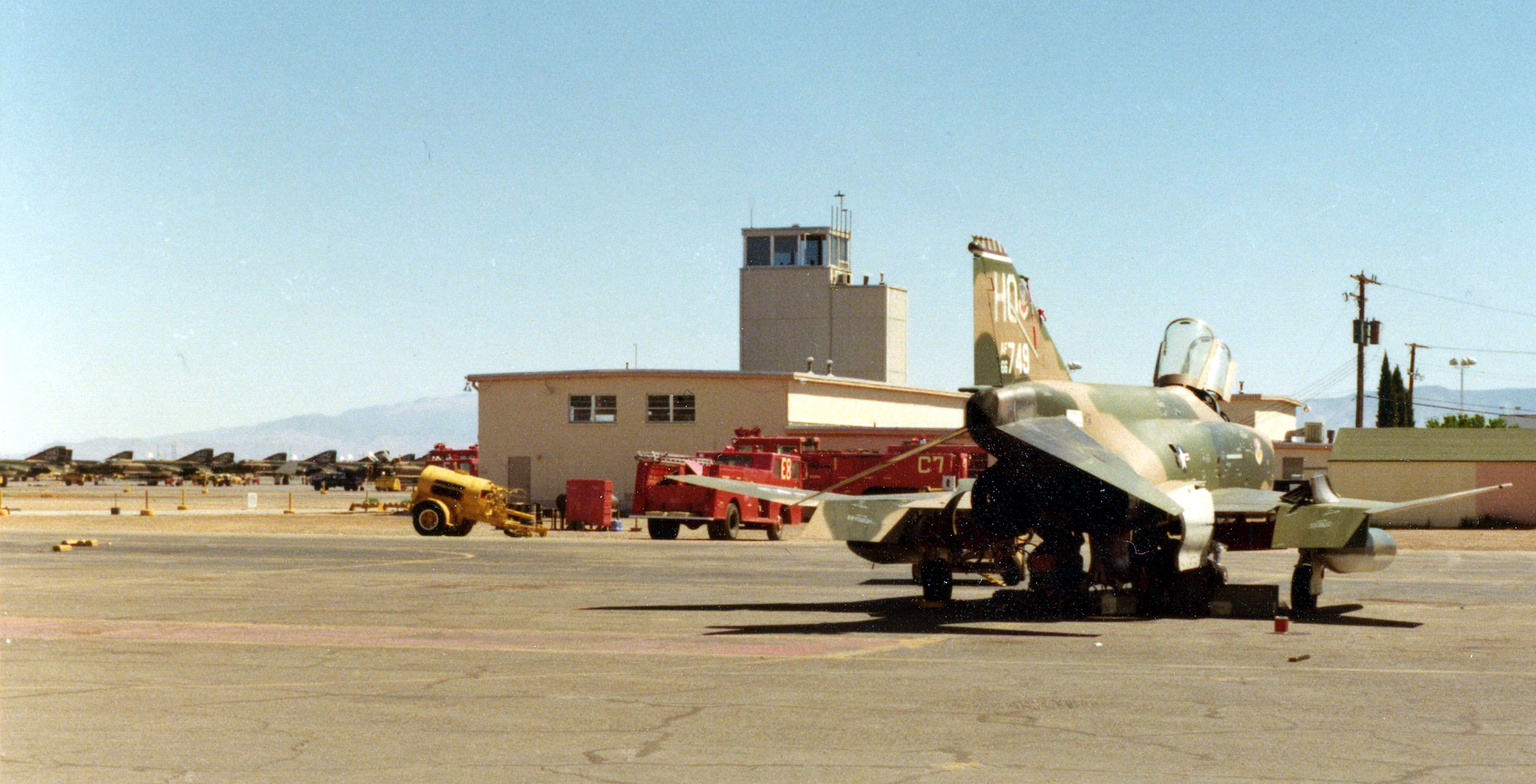 |
|
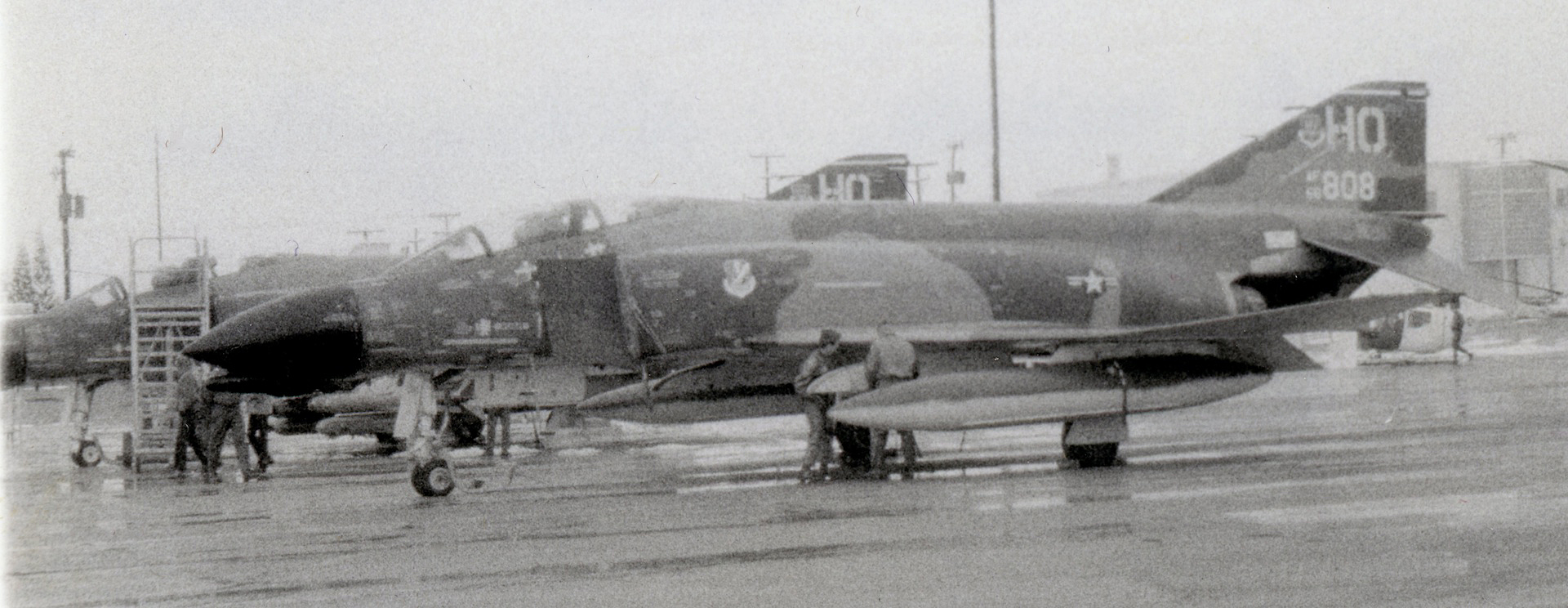 |
The first photo is of 64-0949 and actually predates Dale Jensen's time at Holloman: "During the spring and summer of 1973 I was assigned to Forbes AFB, Topeka, Kansas. One Saturday a buddy and I drove up to Offutt AFB for an open house. 949 was parked off by itself. I'd never been close to an F-4 before so I took a couple of photos. Little did I know at the time that about 6 months later I would be assigned to the unit where that F-4 came from! "
65-0719 at rest while on static display.
65-0760 under tow.
66-7749 undergoing engine work.
66-8808 on display at March, 1975 open house: "Why I decided to try shooting b/w film, for the first time, on a very cloudy day I will never know. This was at a March '75 open house. It snowed the night before." (Those of us living in the Chihuahuan desert of the Southwest USA know all too well about the precociousness of Mother Nature; Easter 1981 saw snow and then the temperatures climbed into the 80's a couple of days later, yet at times there will be highs in the 70s' throughout February and March.)
F-15A/B
Eagle














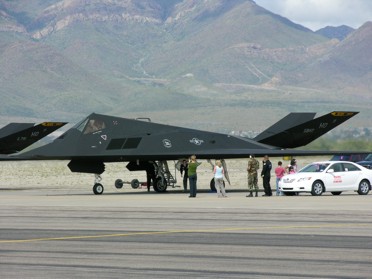



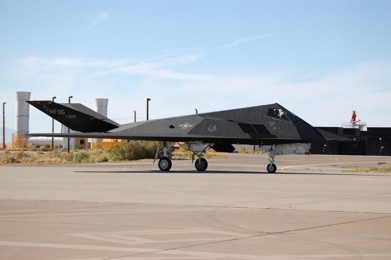
F-22A Raptor
2008
- 2012
T-38
Talon
1992 - Current
1992 - Current








*An Official list of station:
Selfridge Field, MI, 15 Jan 1941; Morrison Field, FL, c. 23 May 1941-5 Jan 1942; Camp Darley (near Melbourne), Australia, 2 Feb 1942; Bankstown, Australia, 16 Feb 1942; Brisbane, Australia, 7 Apr 1942; Darwin, Australia, 17 Apr 1942; Port Moresby, New Guinea, 9 Oct 1942; Dobodura, New Guinea, Mar 1943; Gusap, New Guinea, 20 Nov 1943; Finschhafen, New Guinea, 19 Apr 1944; Hollandia, New Guinea, c. 17 May 1944; Biak, 5 Jun 1944; Tacloban, Leyte, 24 Oct 1944; San Jose, Mindoro, c. 30 Dec 1944; Lingayen, Luzon, c. 25 Feb 1945; Okinawa, 16 Aug 1945; Atsugi AB, Japan, 15 Sep 1945; Chitose AB, Japan, 18 Feb 1946; Misawa AAB (later, AB), Japan, late Mar 1948; Itazuke AB, Japan, 9 Jul 1950; Taegu AB, South Korea, 1 Oct 1950; Kunsan AB, South Korea, 1 Apr 1953; Komaki AB, Japan, 2 Nov 1953; Nagoya AB (later, Nagoya Air Stn; Moriyama Air Stn), Japan, 16 Sep 1954; Misawa AB, Japan, 1 Jun-9 Dec 1957; Etain/Rouvres AB, France, 10 Dec 1957 (operated from Chalons-Vatry AB, France, 1 Sep-30 Nov 1958); Spangdahlem AB, Germany, 25 Aug 1959-30 Jun 1968; Holloman AFB, NM, 1 Jul 1968- Current.

























































